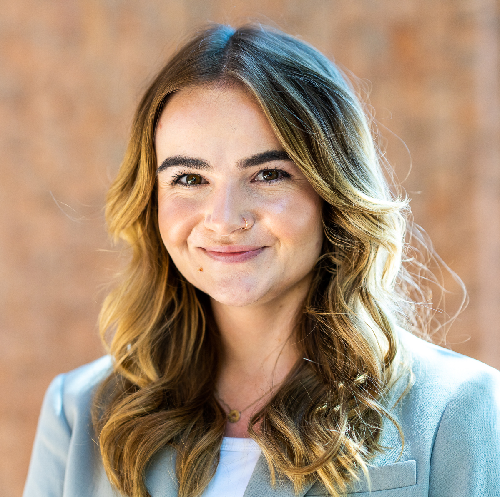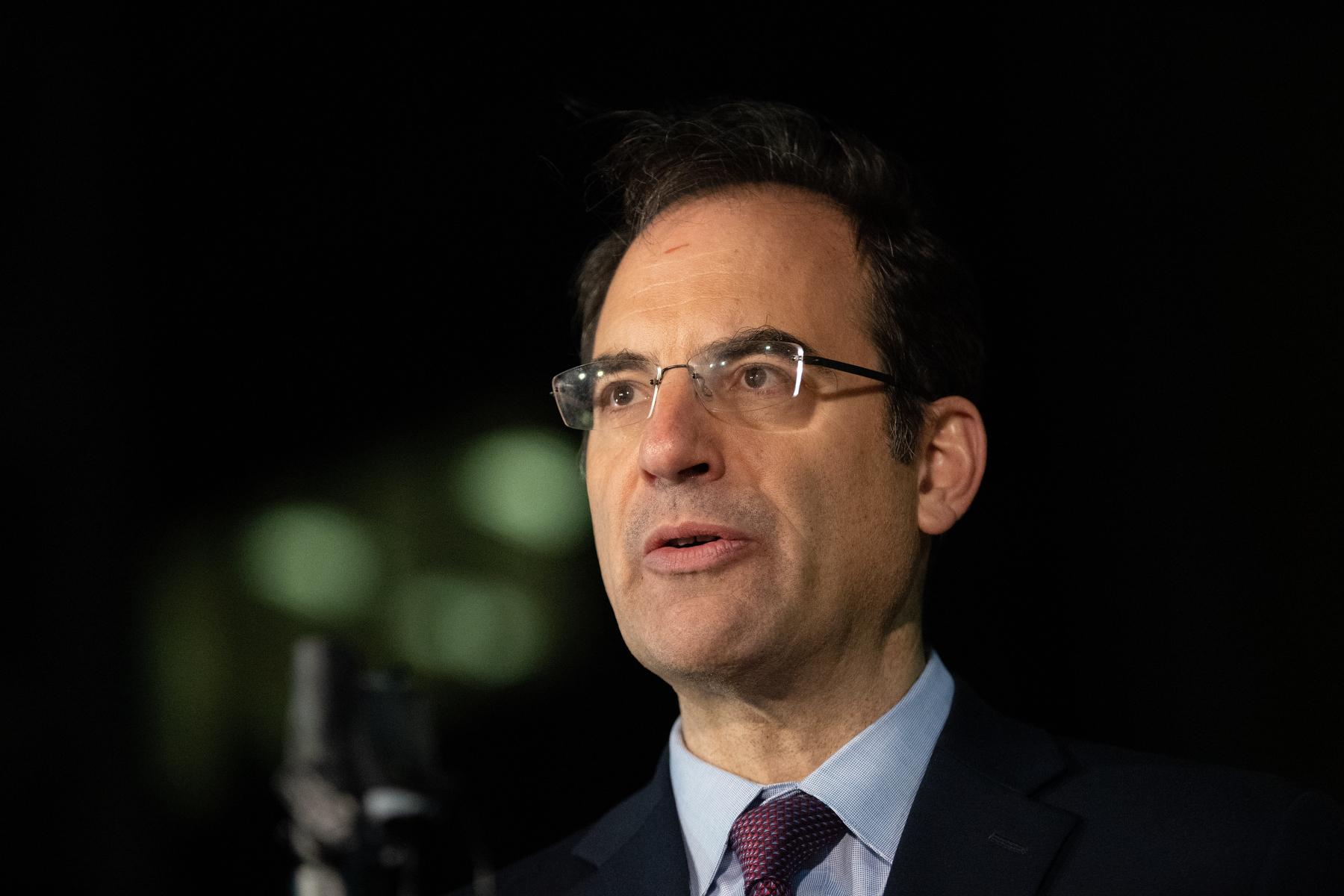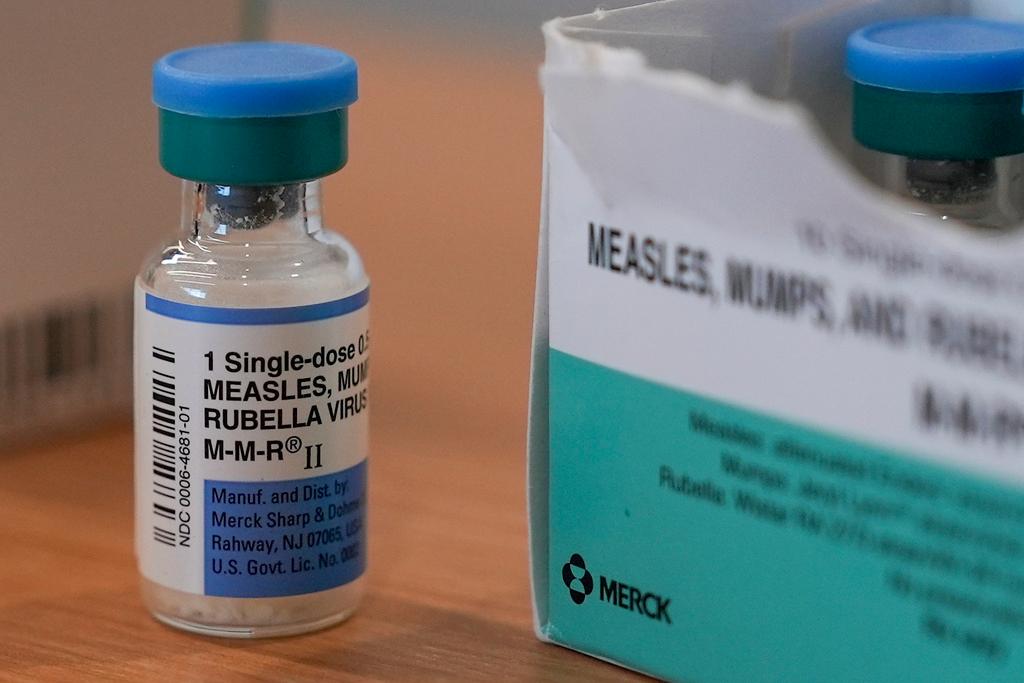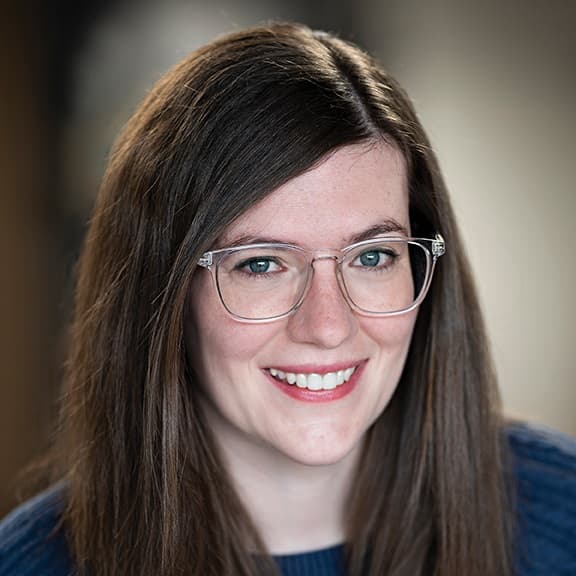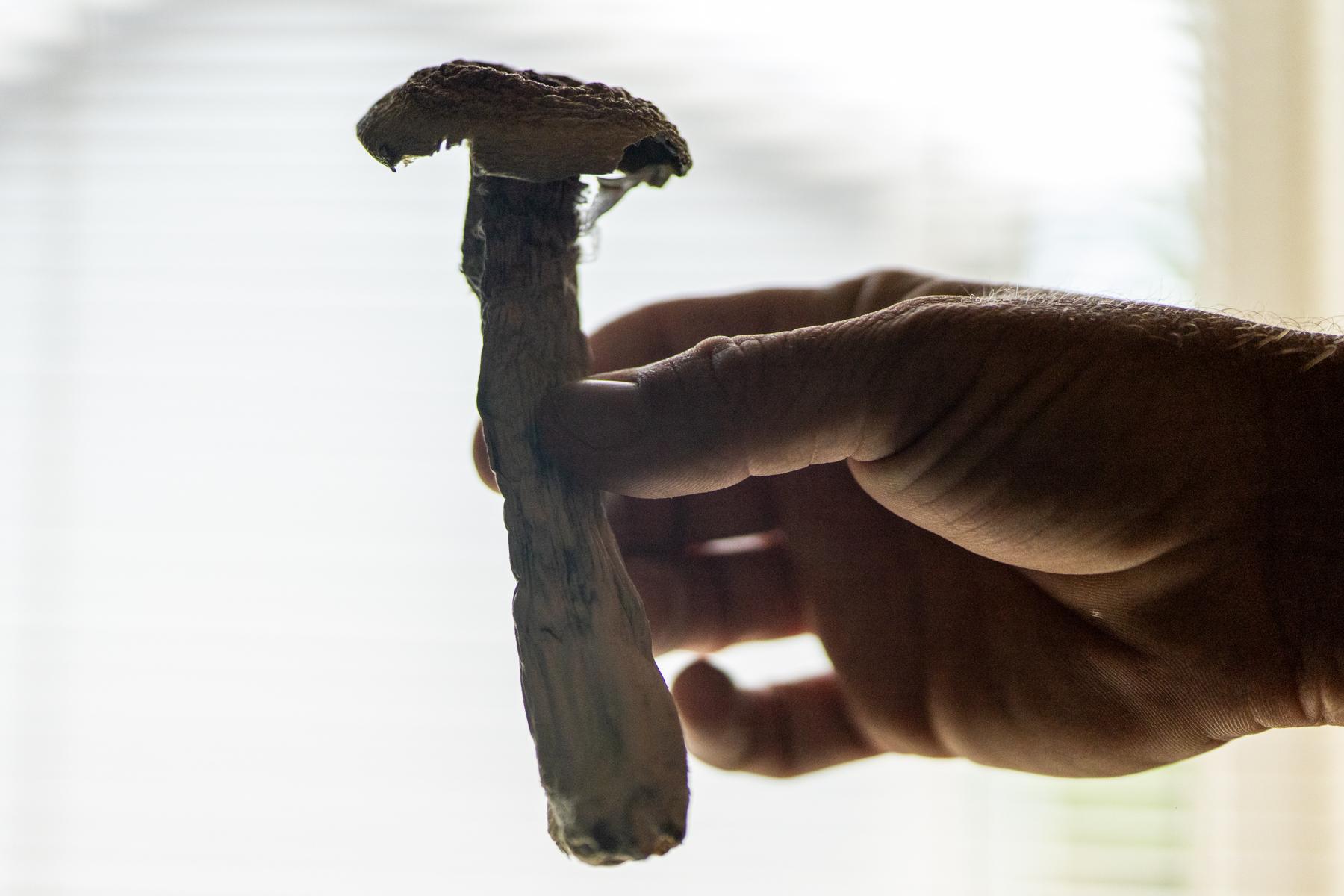
Starting next year, Colorado will be the second state in the union to offer regulated psychedelic-assisted therapies. Since voters passed Prop. 122 two years ago state agencies and regulators have been working to establish guidelines and develop infrastructure to prepare for a new landscape for natural medicines in Colorado.
The 2022 voter initiative decriminalized the personal cultivation, possession, consumption and sharing of psychedelic mushrooms (including the psychoactive properties: psilocybin and psilocin) as well as DMT, ibogaine, and mescaline for adults 21 years and older.
Beyond legal personal use, the ballot question opened the door to psilocybin-assisted therapies and healing centers. This new industry is expected to come online next year.
This story is part of The Trip, a CPR News series on Colorado’s new psychedelic movement.
Timeline: What’s coming in 2025? And when can people start visiting healing centers?
In short, it depends on what kind of healing center. Some might be available as soon as March. There are a few different things in the pipeline.
The state will begin accepting license applications on Dec. 31, 2024, for participation in three prongs of Colorado’s new psychedelic landscape: therapy, cultivation, and testing.
Cultivation facilities are where psychoactive mushrooms and psilocybin products will be grown and manufactured, respectively.
Testing companies will examine dried fungus and related products to ensure they meet the state’s safety standards.
And then there’s what so many people are talking about: psychedelic-assisted therapy. These natural medicine licenses will be broken into two categories, healing centers and so-called micro-healing centers.
The rollout of those licenses will depend on a number of factors, including how quickly grow facilities can start supplying facilities.
But the state is anticipating licenses may start to be issued to businesses in March, with certain operations — such as micro-healing centers and cultivation centers — starting their work almost as soon as they’re approved. That’s according to Allison Robinette, the director of policy and regulatory affairs for the state’s Natural Medicine Division.
Many anticipate standard healing centers could open their doors this summer.
“But we really don't know yet,” Robinette said. “This is highly dependent on not only our own processes but also how responsive applicants are.”
Micro-healing centers vs. healing centers
One of the biggest distinctions between Oregon and Colorado’s natural medicine programs is Colorado’s establishment of a micro-category of licensing for healing centers and manufacturing facilities. Oregon only has one license, whereas Colorado will have two.
And, no, the micro-healing center license doesn’t (necessarily) involve “micro-dosing.”
Think of a healing center as a facility entirely dedicated to psilocybin-assisted therapy — a place where people will visit and take psilocybin under the guidance and care of a facilitator.
In contrast, a micro-healing center is meant as an add-on for current mental health or wellness practitioners who want to add a new component to their therapeutic services. It could be part of a therapist's office, an existing healthcare facility, retreat centers, or (in certain instances) take place at the patient's home. The idea is that micro-healing centers will streamline access for those who already have a mental health provider.
From a regulatory standpoint, micro-healing centers are meant for facilitators who will host just a handful of psilocybin sessions per month rather than offering them as a specialized service. One key distinction between the micro-healing centers and standard healing centers is the amount of regulated psilocybin that can be stored on-site at any given time.
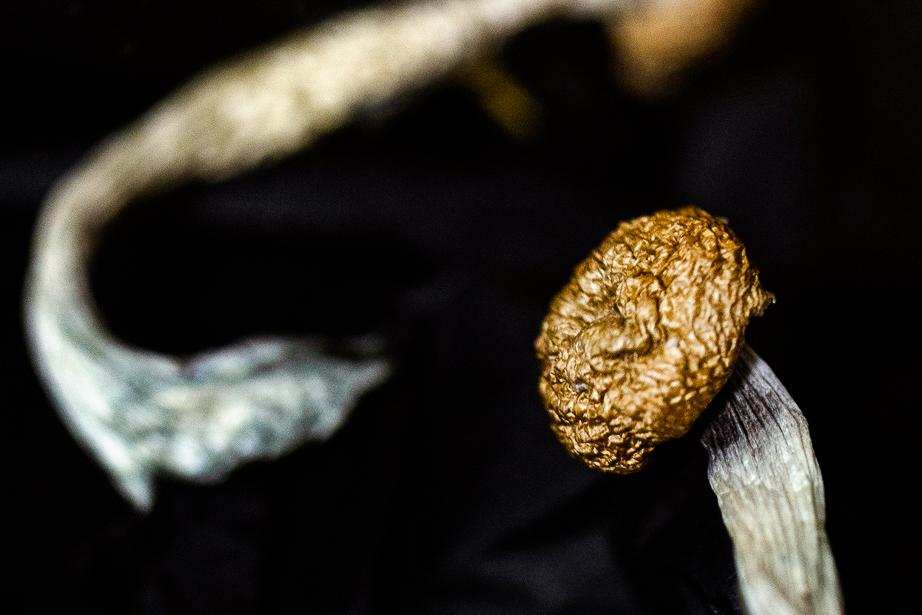
According to Robinette, the idea came about after listening to “stakeholder feedback from potential facilitators who are looking to incorporate psilocybin services or natural medicine services as part of the offerings they already have.”
This means your therapist could apply for a license, receive the necessary training and add psychedelic-assisted therapy to their tool kit — which could include different types of treatments (including, maybe, micro-dosing).
Additionally, the state hopes micro-healing centers can help curb high licensing fees for facilitators as well as the high cost for patients — something Oregon has struggled with.
Who are healing centers for?
In short, anybody 21 years or older who can afford it and passes a health screening.
This could include people interested in psychedelic-assisted therapy for a range of reasons, including but not limited to spiritual healing, basic mental wellness, or dealing with trauma — such as a history of abuse or the loss of a loved one.
Additionally, proponents of psychedelic treatment, such as Healing Advocacy Fund, believe psilocybin therapies could be revolutionary in helping with certain chronic mental health diagnoses including anxiety, addiction, PTSD, treatment-resistant depression — which affects about one-third of people with depression in the U.S. — and major depressive disorder, a severe form of depression.
While the FDA still has yet to approve psilocybin therapy as a qualified form of treatment, the federal agency has awarded psilocybin a Breakthrough Therapy Designation.
“Psychedelic drugs show initial promise as potential treatments for mood, anxiety and substance use disorders,” said Tiffany Farchione, M.D., director of the Division of Psychiatry in the FDA’s Center for Drug Evaluation and Research. “However, these are still investigational products.”
Despite a lack of federal approval — and the fact that it remains a Schedule I drug in the eyes of the Drug Enforcement Agency — local advocates are optimistic that psilocybin therapy could be instrumental for patients who have run out of all other options.
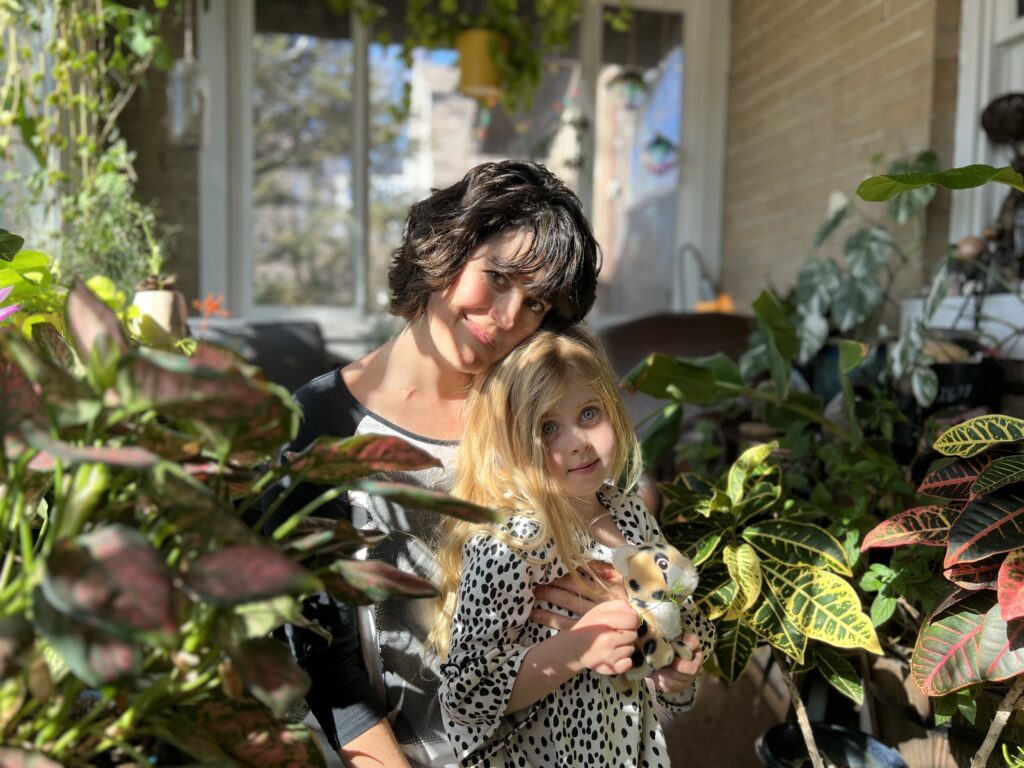
Erica Messinger, a registered nurse who has worked in rural health care in Montezuma County for over a decade, says she learned about psychedelic therapy after getting frustrated with the lack of options for her patients.
“Psychedelic therapy to me presents a new hope for Coloradans who continue to suffer from debilitating conditions, treatable conditions, despite our best efforts to help them find relief,” Messinger said.
Is there a safety process?
Yes, it starts with a screening form.
Any new patient, regardless of their relationship with the psychedelic facilitator, is required to fill out a screening form. The form includes questions about the patient’s reasons for seeking access, history of psychedelic use, general and mental health history, family medical history, and pharmacology.
According to Vogt, the screening is intended to spot potential health and safety issues for both the patient and facilitator.
“We've focused so much on creating safety buffers; the safety screening, the need for medical clearance, the avoidance of having any type of commercialized dispensary model,” said Vogt. “The idea here is that this medicine is only used in a clinical setting under supervision in a safe environment.”
Additionally, psilocybin therapy providers and patients will prepare a safety plan for their experience and safe transportation once their psilocybin session has concluded. (They will not be allowed to drive themself home.)

What does a session look like?
There are a few steps.
In addition to the required screening, every psychedelic therapy session at a healing center in Colorado will include a three-part process: at least one preparation session, the administration session, and at least one integration session.
In the preparation step the patient will talk with the facilitator about things they're wanting to address and what might arise during the therapy.
The administration step is when the psilocybin is given to the patient. This can typically last around 5 hours, but could last upwards of 12 hours depending on the dose and the patient’s needs.
And finally, at least one integration visit takes place a few days after the psychedelic session. This involves helping the patient bring lessons and insights from the experience into their day-to-day life. The patient and facilitator will dive into the things that “came up” over the course of the session and how the patient can “integrate” lasting changes into their life.
How much will this cost?
In Oregon, a session lasting a few hours can cost patients anywhere from $1,000 to $3,000 out of pocket.
It’s expensive. And, no, insurance doesn’t cover it.
Potential facilitators cite the cost of licensing and training, which includes more than 100 hours of education, as well as the treatments themselves.
“The cost reflects the entire process from initial outreach assessment and screening for risk factors, possibly the consultation with a healthcare provider. Then the preparation, which there's a minimum requirement for one preparation session,” Tasia Poinsatte, the Colorado Director of the Healing Advocacy Fund. “Then the session itself, which could be from six to eight hours in many cases. And then the integration afterward.”
There is concern among advocates that cost might be prohibitive to those who need access the most. But Poinsatte is hopeful that individual businesses will offer reduced-cost options to lower-income individuals.
“This is still so new,” Poinsatte said. “What we need in the longer term for insurance to start to fall into place is evidence that this therapy can be both safe and effective in the real world.”
Alejandro A. Alonso Galva is the project editor. Megan Verlee provided editorial guidance. Lauren Antonoff Hart is the digital producer. Hart Van Denburg is the visual editor.
